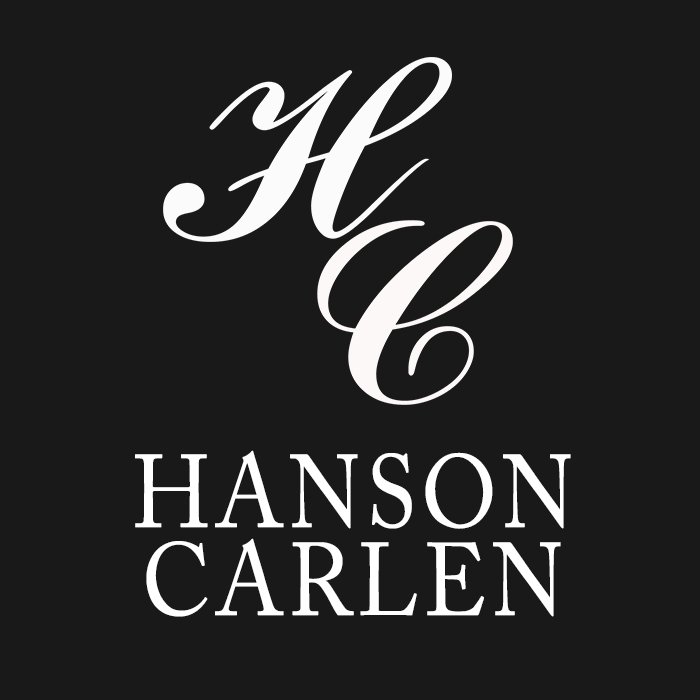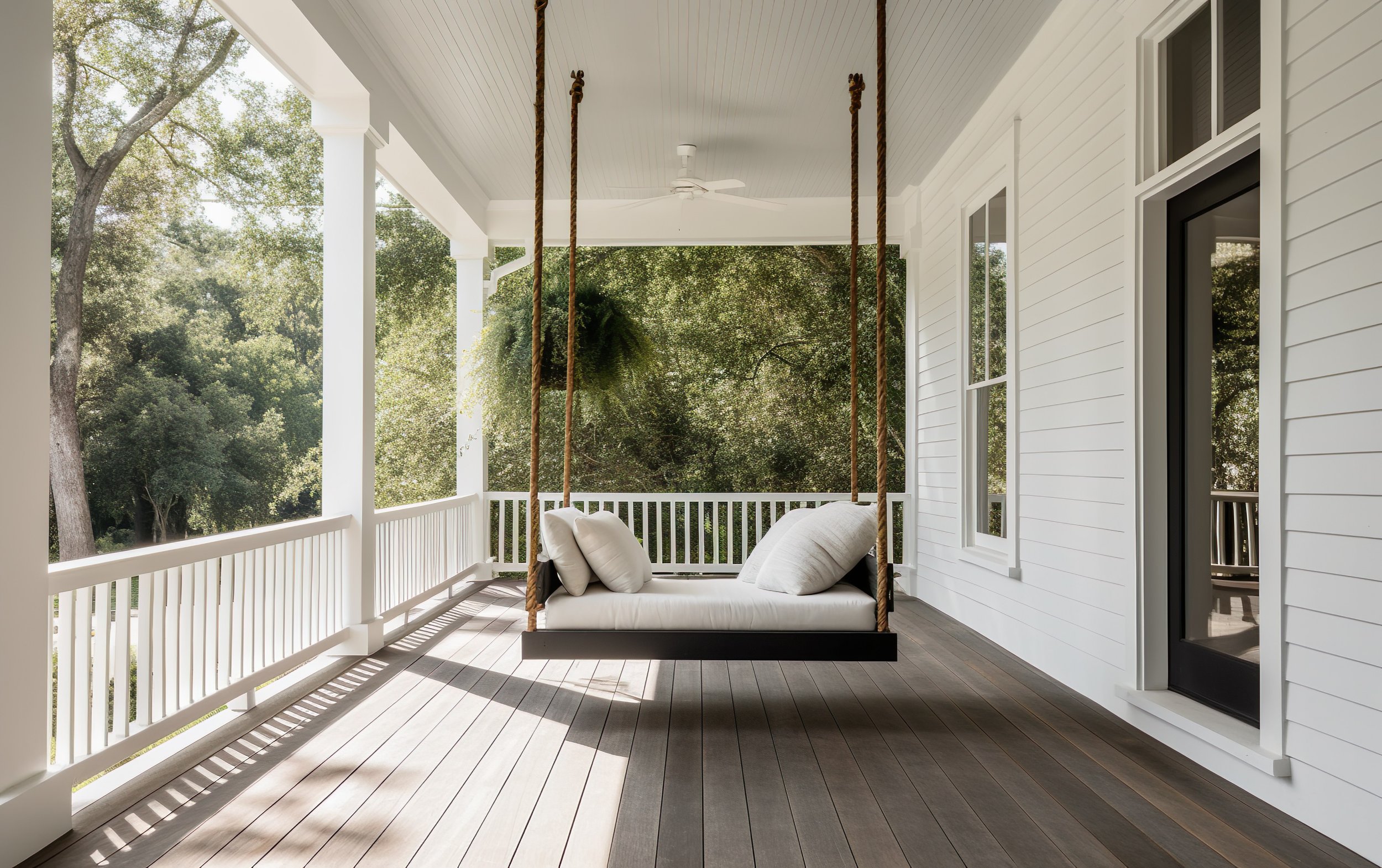A Revival of Historic Porches with Modern Solutions
When we stroll through neighborhoods adorned with homes from the early 1900s, it’s not uncommon to encounter structures embellished with covered outdoor porches. It’s quite captivating to observe how well many of these porches have withstood the test of time, whispering tales of a bygone era and reflecting the craftsmanship of yesteryears.
Many of these charming porches were intricately crafted with 1x3 Douglas fir tongue and groove boards, a testament to the enduring elegance and durability of early 20th-century construction.
The Secret Behind Their Longevity
I often find myself pondering the factors contributing to the longevity of these historic porches. Here are a few musings on the possible reasons:
Old Growth Lumber: The fir trees a century ago were truly distinct. Old growth lumber, rich in quality and character, is vastly different from today's trees, lending a unique resilience and charm to the constructions of the past.
Installation Techniques: The skillful carpenters of the past installed the flooring at right angles to the house, incorporating a subtle slope. This ingenious approach ensured effective water drainage, with the groove functioning as a natural gutter, protecting the porch from water damage.
Lead-based Paint: While lead-based paint is notoriously known for its harmful effects, it had one significant advantage—it adhered to wood exceptionally well, shielding it from the elements. The exterior paints of the past proudly boasted their lead content, contributing to the longevity of the structures.
Embracing Modern Solutions: Azek Porch
In our recent projects, we’ve experimented with a product called Azek Porch, which has impressed me significantly. Azek Porch, crafted from PVC and devoid of wood fibers, adds a distinct aesthetic compared to standard decking and has the added advantages of being mold-resistant and highly resistant to staining. It's an embodiment of modern innovation meeting aesthetic elegance, revitalizing the charm of historic porches with enhanced durability and appeal.
Weighing the Pros and Cons
Azek Porch brings a plethora of advantages to the table, but it comes with its set of considerations. The economic aspect is certainly a factor to ponder, with the material and installation costs being substantially higher compared to traditional 6” decking. However, the initial investment could be well worth the lasting beauty and reduced maintenance it offers, harmonizing the historic elegance with contemporary resilience.
Balancing History with Innovation
The graceful porches of historic homes are like visual poems narrating tales of architectural grandeur from the early 1900s. The careful amalgamation of old growth lumber, meticulous installation, and the protective embrace of lead-based paint have enabled these structures to grace our neighborhoods with enduring elegance. While we marvel at the resilience of these historic gems, innovations like Azek Porch allow us to infuse new life into them, ensuring their charm is preserved and enhanced for generations to come.
In embracing such modern solutions, we walk the delicate line between honoring the architectural legacy and adapting to contemporary needs and advancements. Whether it’s a renovation project or a new build inspired by historic elegance, thoughtful choices in materials and techniques can help us create spaces that resonate with timeless beauty while embracing the comforts and resilience of the modern age.
So, next time you find yourself admiring a charming, century-old porch, remember the tales it whispers of the past and the possibilities the future holds in preserving and enhancing its beauty. After all, in every line and groove of these historic porches, there’s a story waiting to be discovered and cherished.


